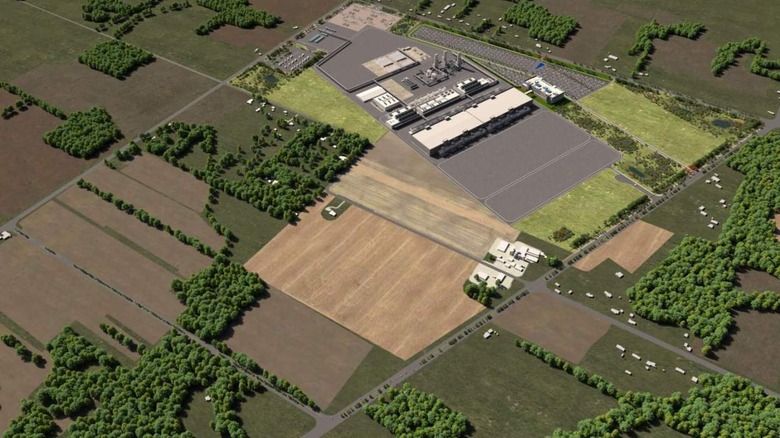Intel is spending billions on a new factory to prove Apple wrong
Intel announced it is spending an initial $20 billion on a semiconductor "mega-site" in Ohio, the company's latest bid to recapture its place as the world's top semiconductor manufacturer and prove Apple wrong. Apple and Intel went through a very public breakup, beginning with WWDC 2020, when Apple announced it was switching to its own M1 chips. The M1 is derived from the chips Apple has been using for years in the iPhone and iPad, but Apple was able to increase the performance to be competitive with the best Intel had to offer, while providing best-in-class power efficiency.
According to former Intel engineer François Piednoël, Intel's poor quality control may very well have played an additional role in Apple's decision. "The quality assurance of Skylake was more than a problem ... It was abnormally bad," said Piednoël. "We were getting way too much citing for little things inside Skylake. Basically our buddies at Apple became the number one filer of problems in the architecture. And that went really, really bad. When your customer starts finding almost as much bugs as you found yourself, you're not leading into the right place."
Despite Apple's decision, Intel CEO Pat Gelsinger has made no secret about his desire to regain Apple as a customer.
"Apple is a customer, and I hope to make them a big foundry customer because today they're wholly dependent on Taiwan Semiconductor," Gelsinger said in an interview with Yahoo Finance. "We want to present great options for them to leverage our foundry services, as well, just like we're working with Qualcomm and Microsoft to leverage our foundry. We're going to be delivering great technology, some things that can't be done anywhere else in the world."
How The Ohio 'Mega-Site' Fits In
Since returning to Intel and taking over as CEO, Gelsinger is bringing the company's focus back to its roots: engineering and manufacturing (via Axios). The company has been building new factories and foundries in an effort to do that, with $20 billion investments in Arizona and now Ohio.
Intel is describing its Ohio expansion as a "mega-site." Situated on 1,000 acres in Licking County, near Columbus, the site will initially be the home of two new Intel factories. The amount of land, however, will eventually be able to support up to eight factories, as well as the company's ecosystem of partners and support companies.
"The impact of this mega-site investment will be profound," said Keyvan Esfarjani, Intel senior vice president of Manufacturing, Supply Chain and Operations. "A semiconductor factory is not like other factories. Building this semiconductor mega-site is akin to building a small city, which brings forth a vibrant community of supporting services and suppliers."
Esfarjani went on to describe the reasons why Ohio will be a top-notch location for Intel to expand, pointing to "access to top talent, robust existing infrastructure, and long history as a manufacturing powerhouse" as key reasons the location was chosen. Esfarjani also suggested that the CHIPS Act will play a major role in both the scope and the pace at which Intel will be able to expand.
Importantly, these new factories will not just create chips for Intel. The company's new foundry business, Intel Foundry Services (IFS), aims to create chips for other companies, much like Apple contracts TSMC to manufacture its chips.
Intel clearly sees the Ohio mega-site as a key element in the success of IFS.
"With IFS, Intel is opening its factory doors wide to serve the needs of foundry customers around the globe – many of whom are looking for more geographical balance in the semiconductor supply chain," said Dr. Randhir Thakur, senior vice president and president of Intel Foundry Services. "The Ohio factories are designed for the 'Angstrom era,' with support for Intel's most advanced process technologies, including Intel 18A. These technologies are critical for enabling next-generation foundry customer products across a range of applications, from high-performance mobile to artificial intelligence."
With its Ohio investment, Intel is clearly throwing down the gauntlet and stopping at nothing to prove it can compete with Apple, AMD, and anyone else in the semiconductor industry, all why trying to show the critics it has what it takes to be the best once again.

